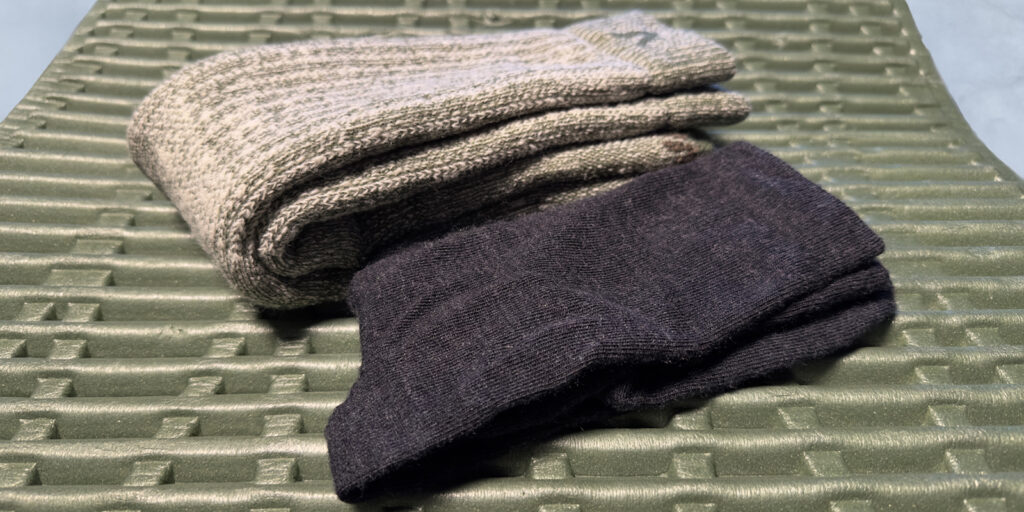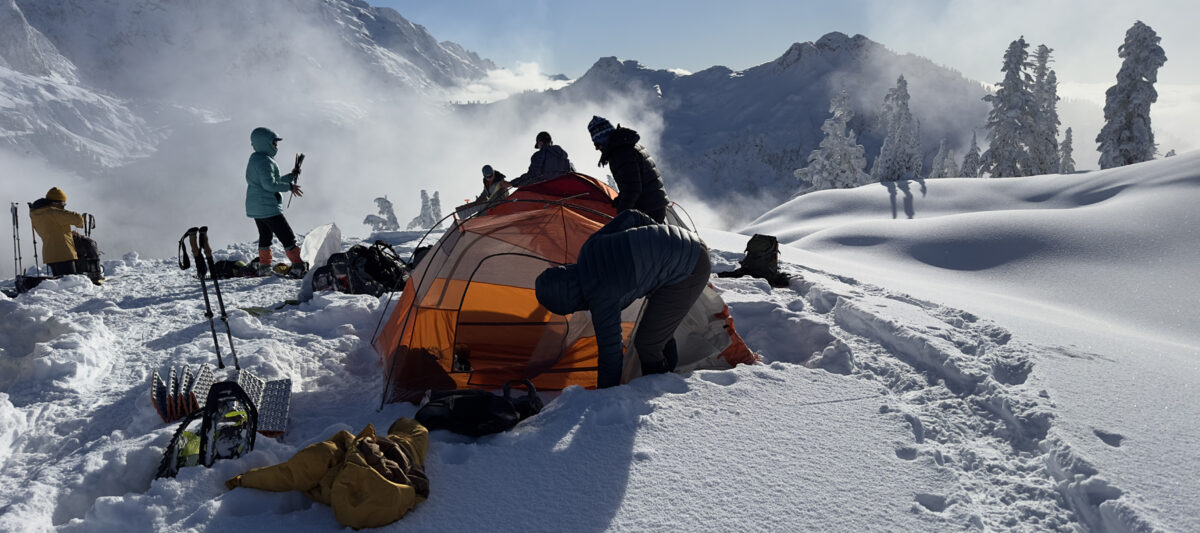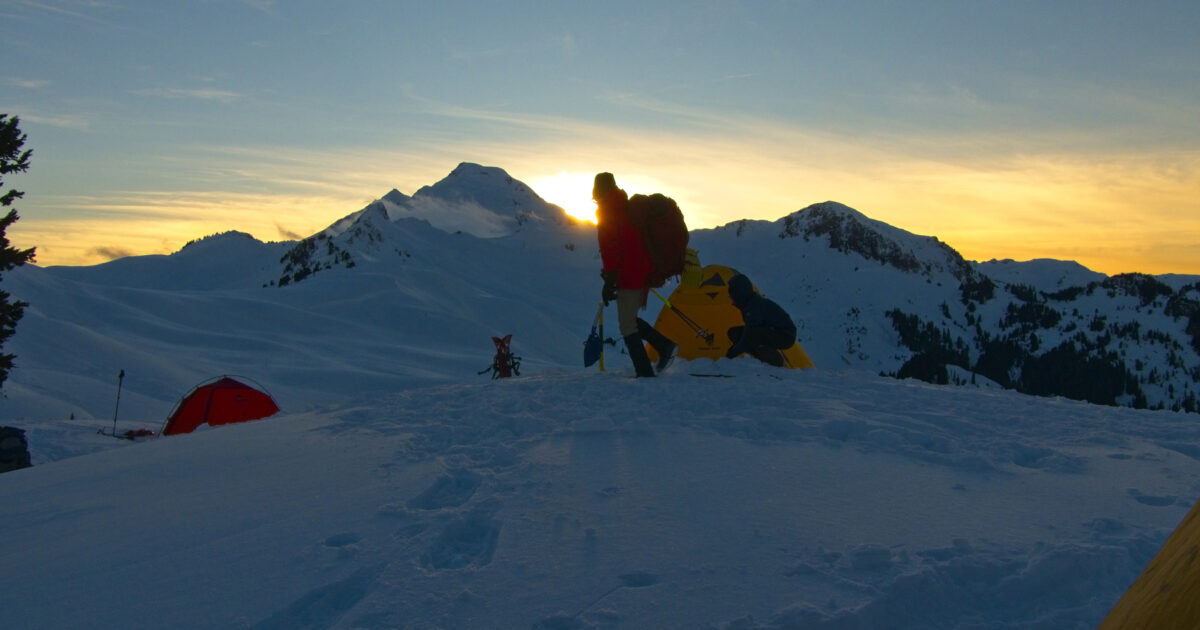No one likes cold feet. To keep my feet warm I use a variety of socks depending on the weather conditions. Recently the retailer I used for wool socks dropped the ones I liked and so the search for new options began. Here are a few options that I think work well: The REI Merino Wool Expedition Crew socks, the Wigwam Merino Woodland socks, and the J.B. Fields Icelandic socks. All are good, but my main preferences are the REI Merino wool liner and either the Wigwam Merino Woodland socks or the –40ºC Islandic socks from Canada depending on expected temperatures.
I do not use hand warmers or any type of heating system that relies on batteries. I think these methods are unnecessary and unreliable. I want a system that is long lasting and dependable.
I use a 2-sock method to keep my feet warm. I use this method even on some summer trips. This method increases comfort and warmth and reduces the chances of blisters. It consist of a thin liner sock covered with a thick outer cushioning sock. Together, both need to allow the foot to flex and wiggle in the boot.

For the best results, the fit, thickness, and materials of the socks has to align with the season conditions and what I call the basic Four Rules of Foot Warmth.

